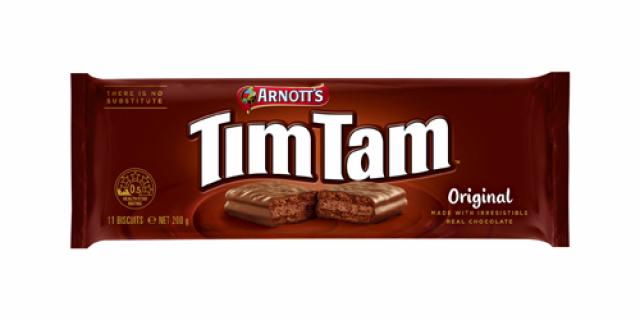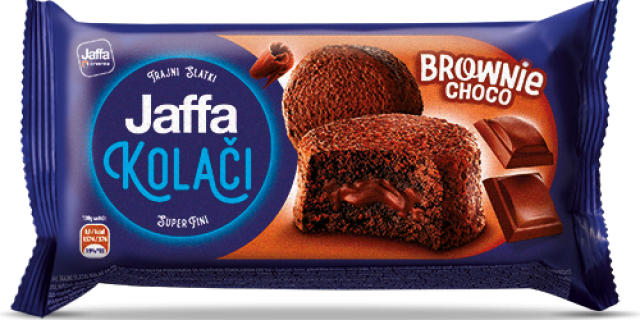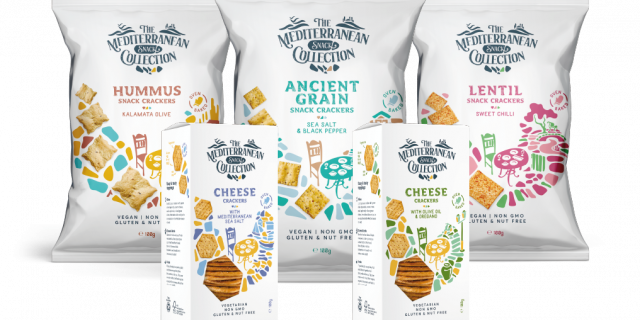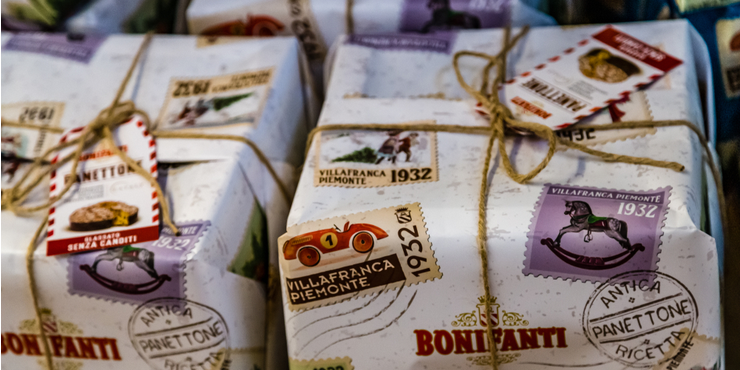
Bonifanti: Great Italian Producers of Biscuits and Panettone
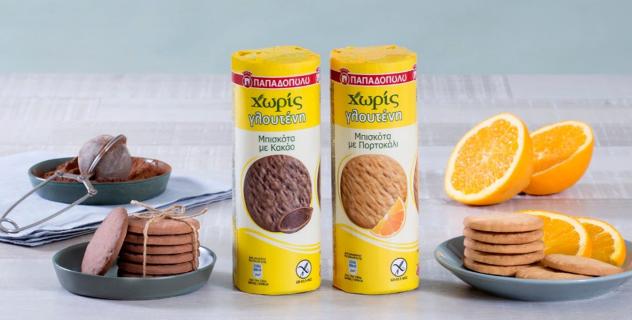
E.J. Papadopoulos's gluten-free biscuits with orange and cocoa embody the fusion of sumptuous flavour and health-conscious ingredients.

Consolidated Biscuit's Morning Coffee Biscuits offer a unique and delightful way to enhance your morning routine

The Bauducco Wafer Chocolate, a three-layered treat that promises a thin and crunchy experience, is one of its most notable products

